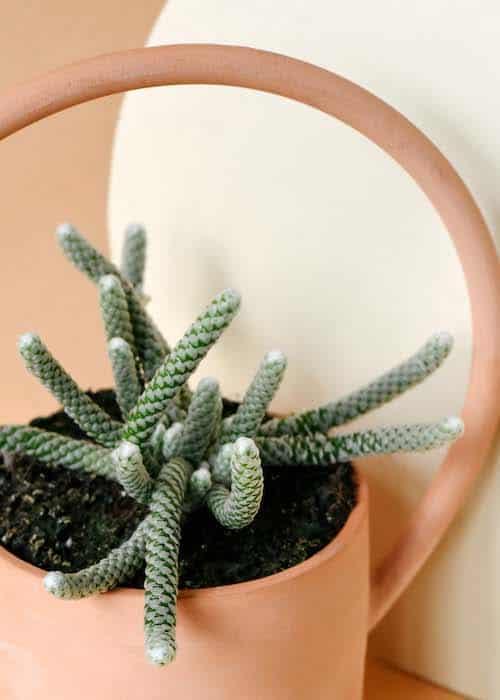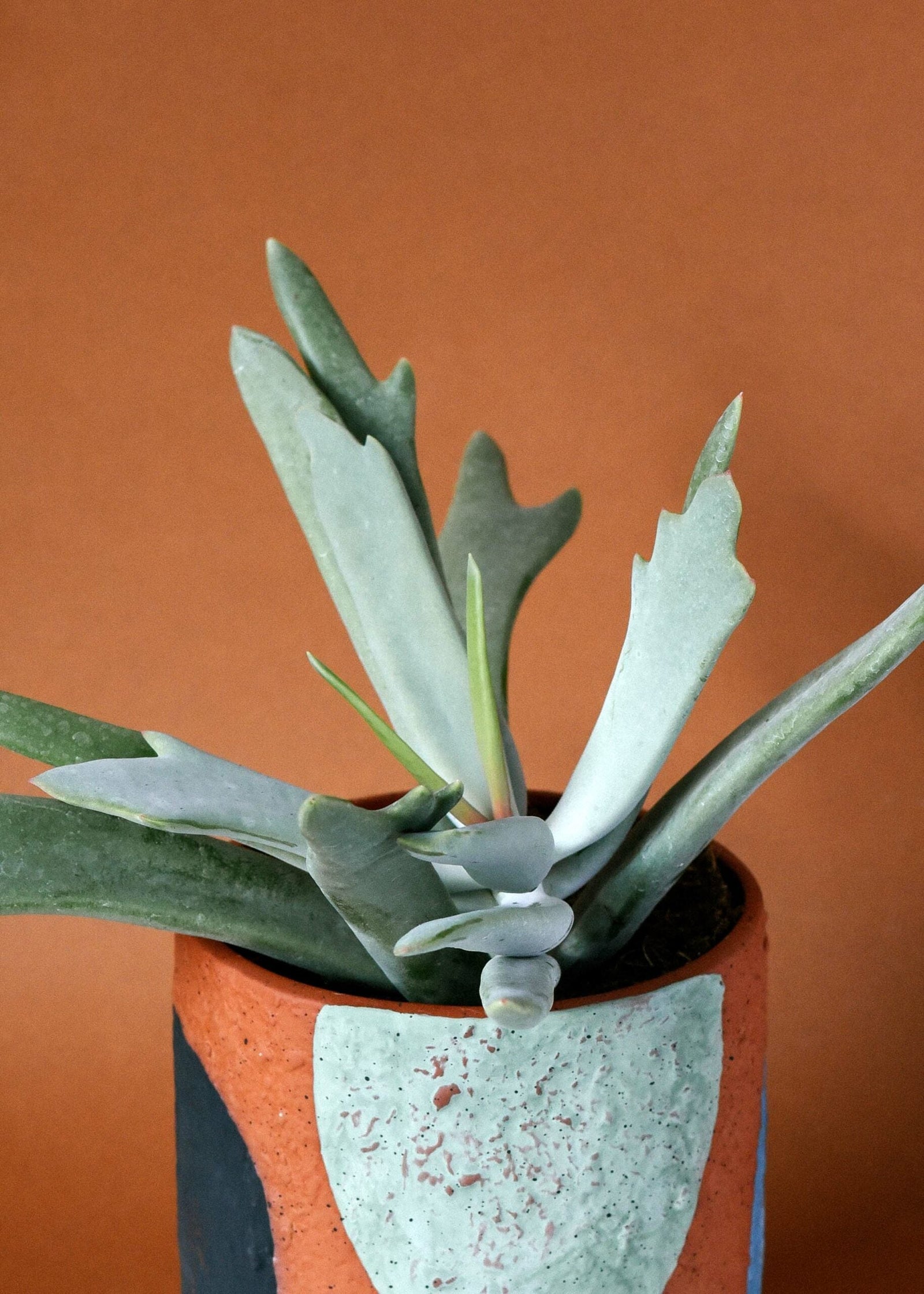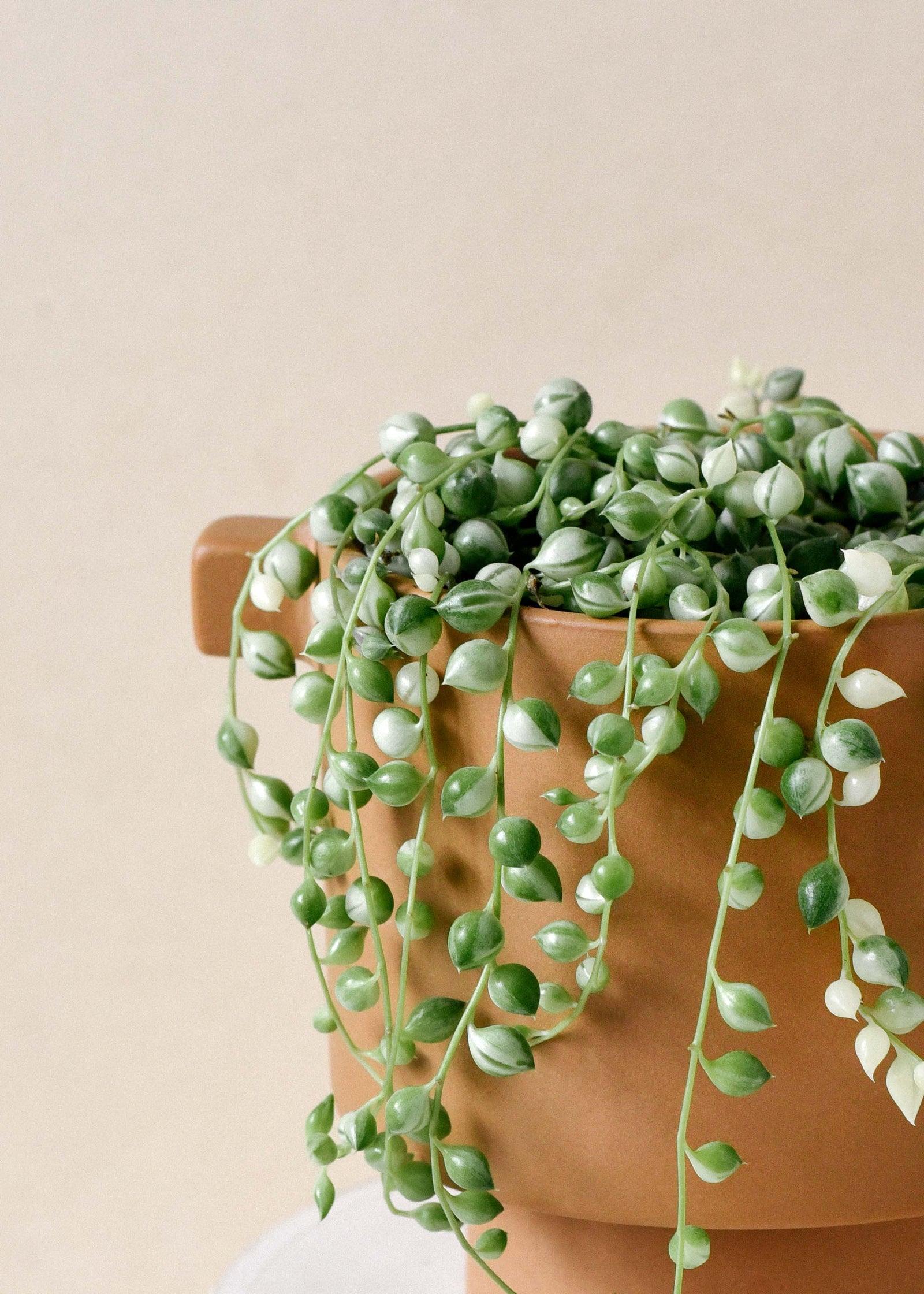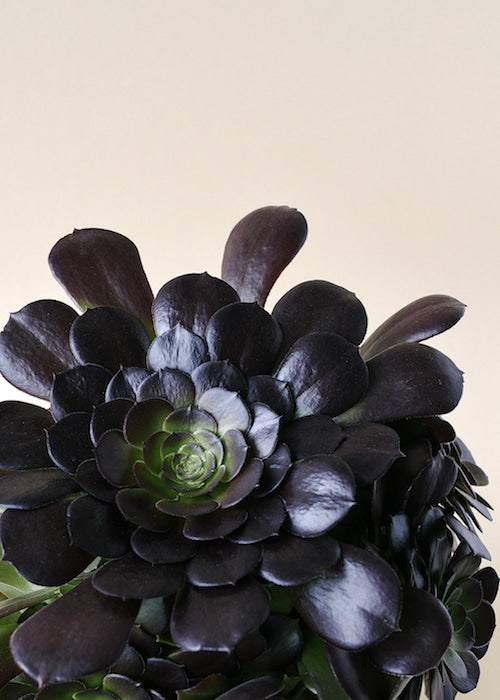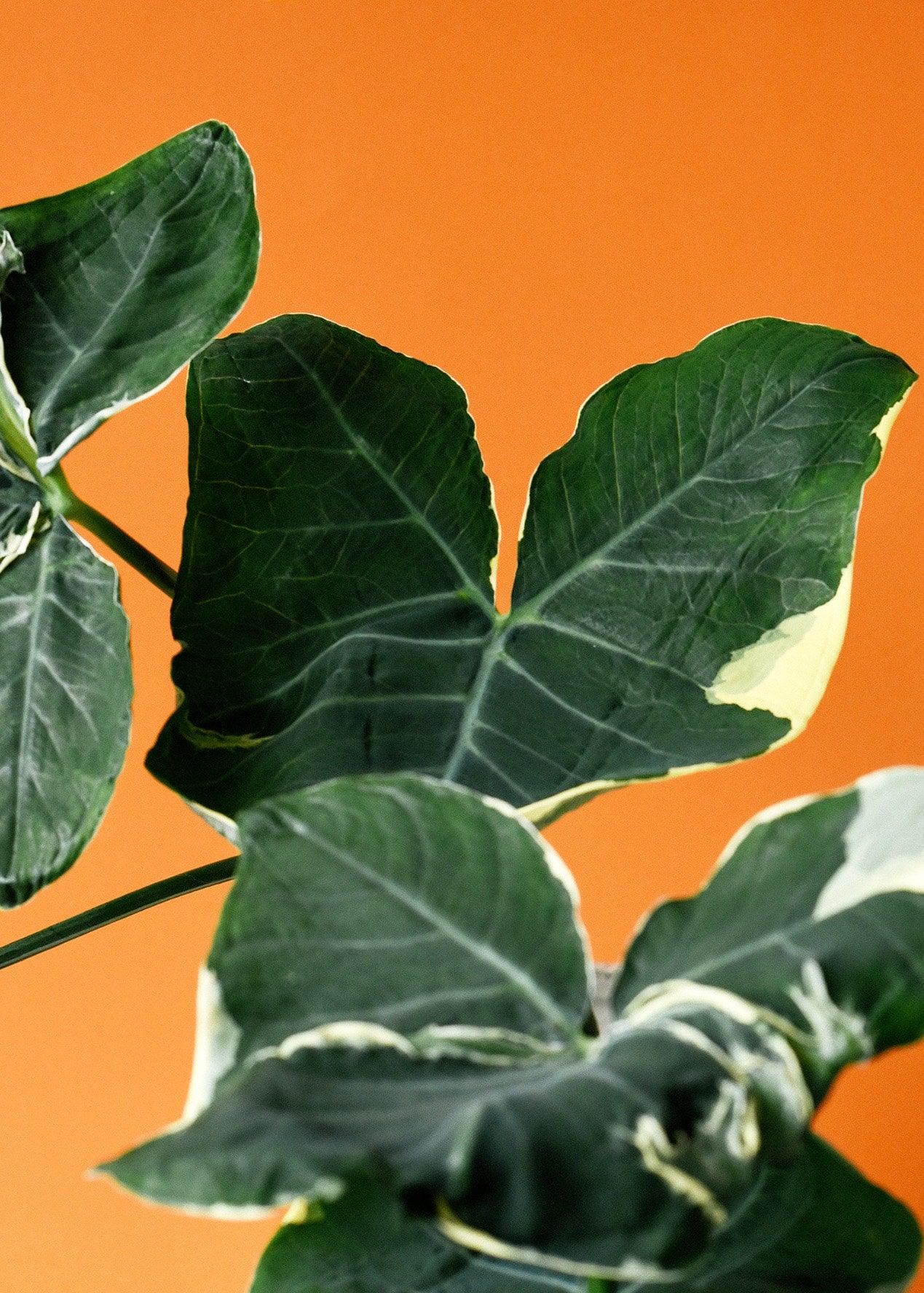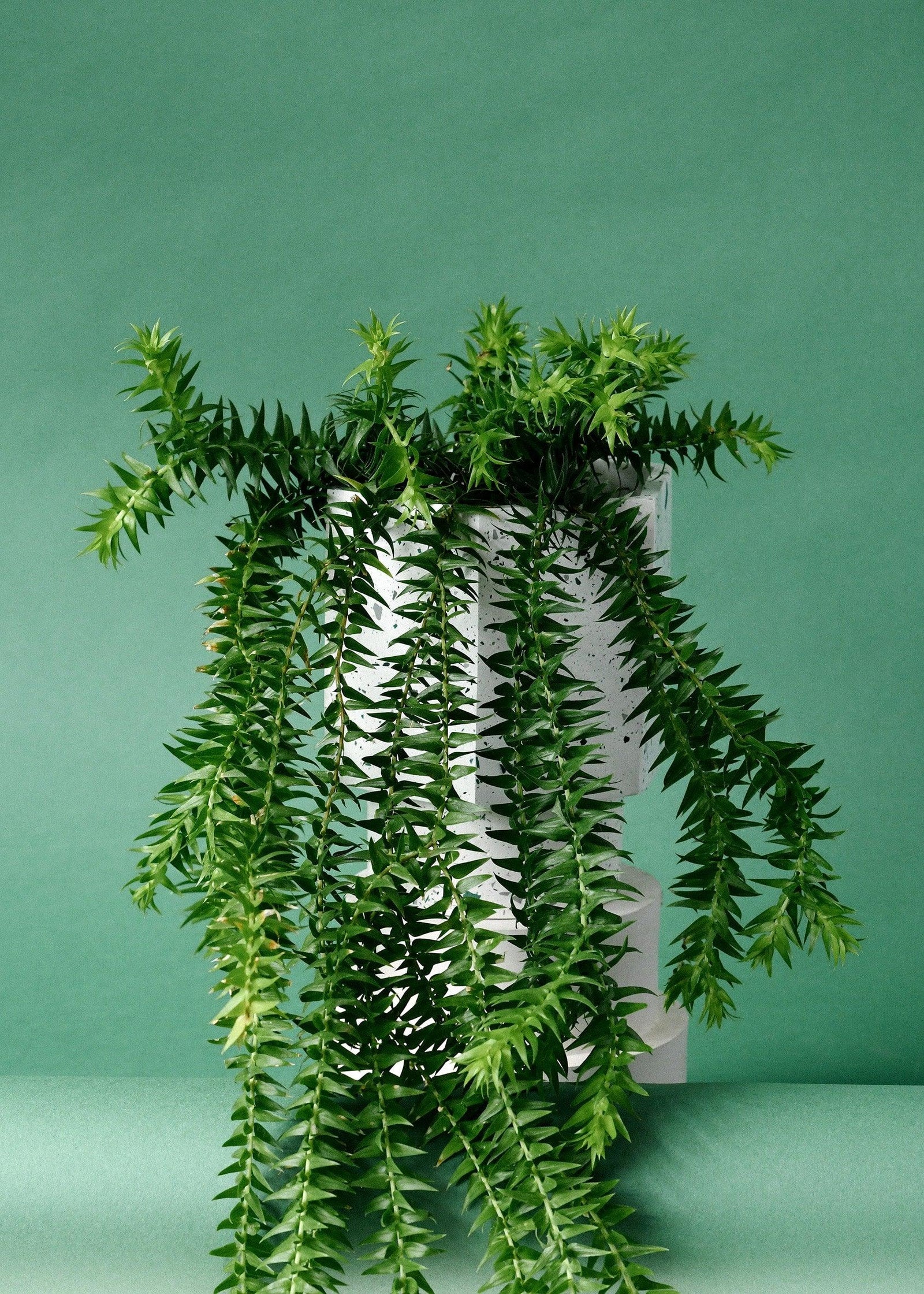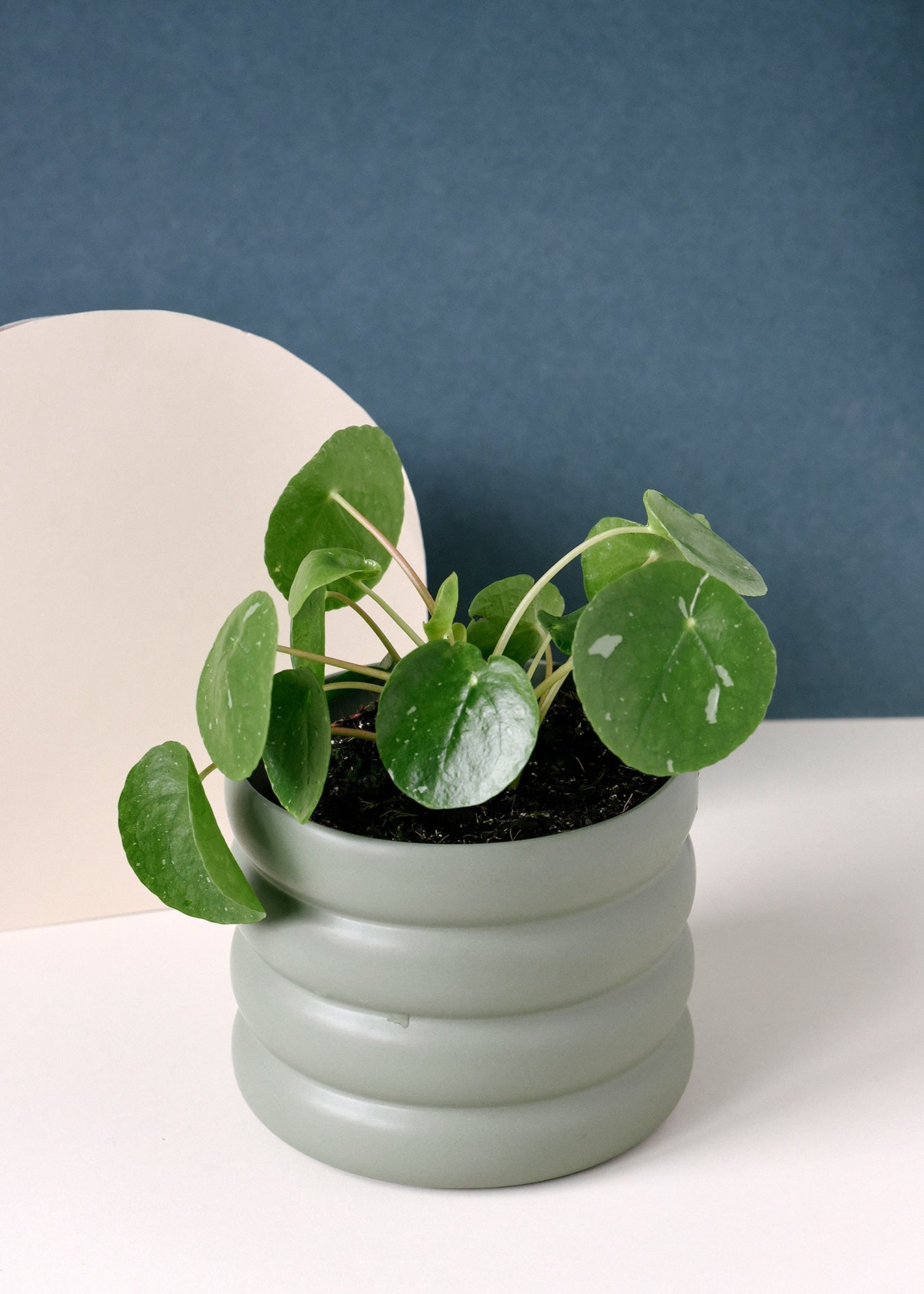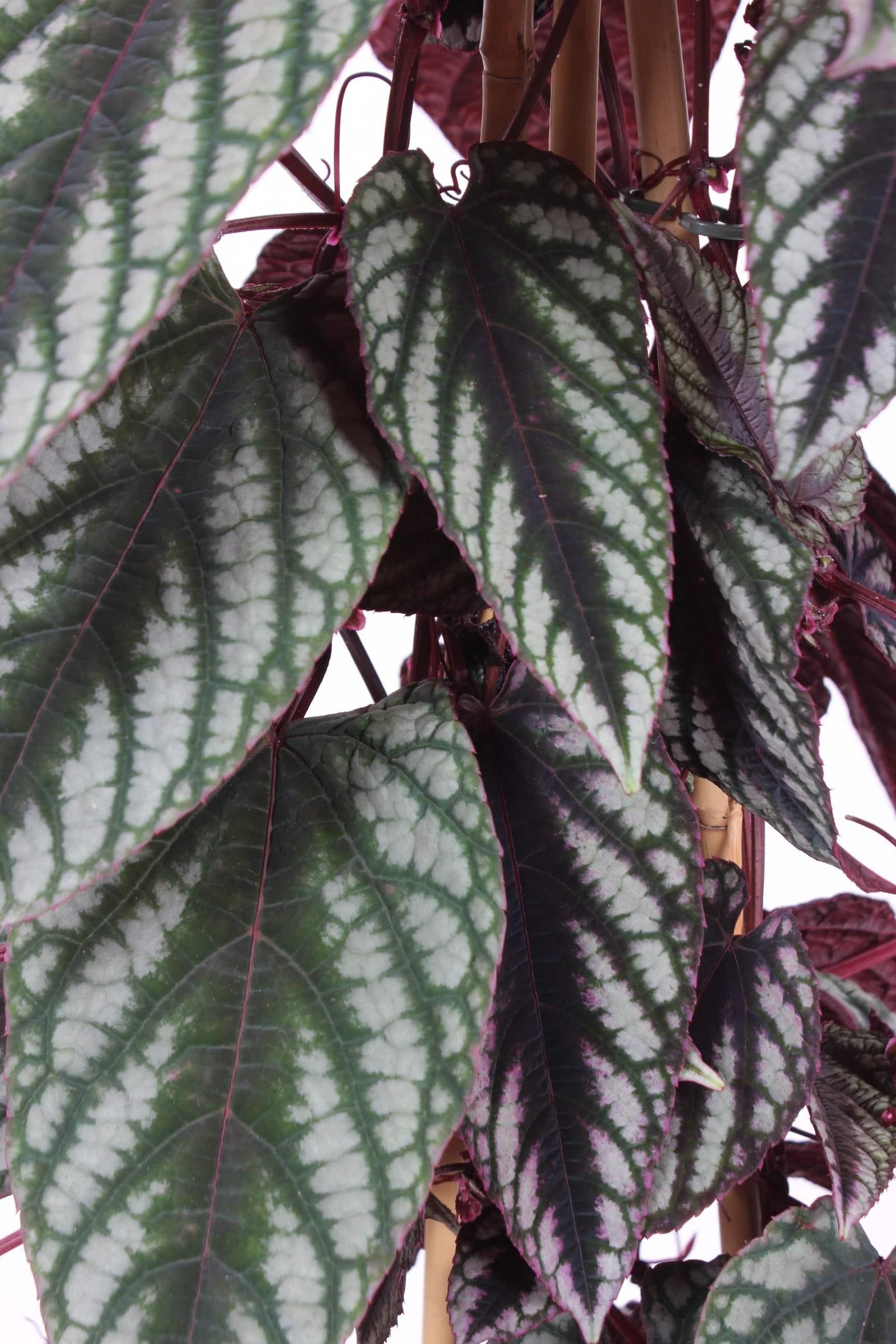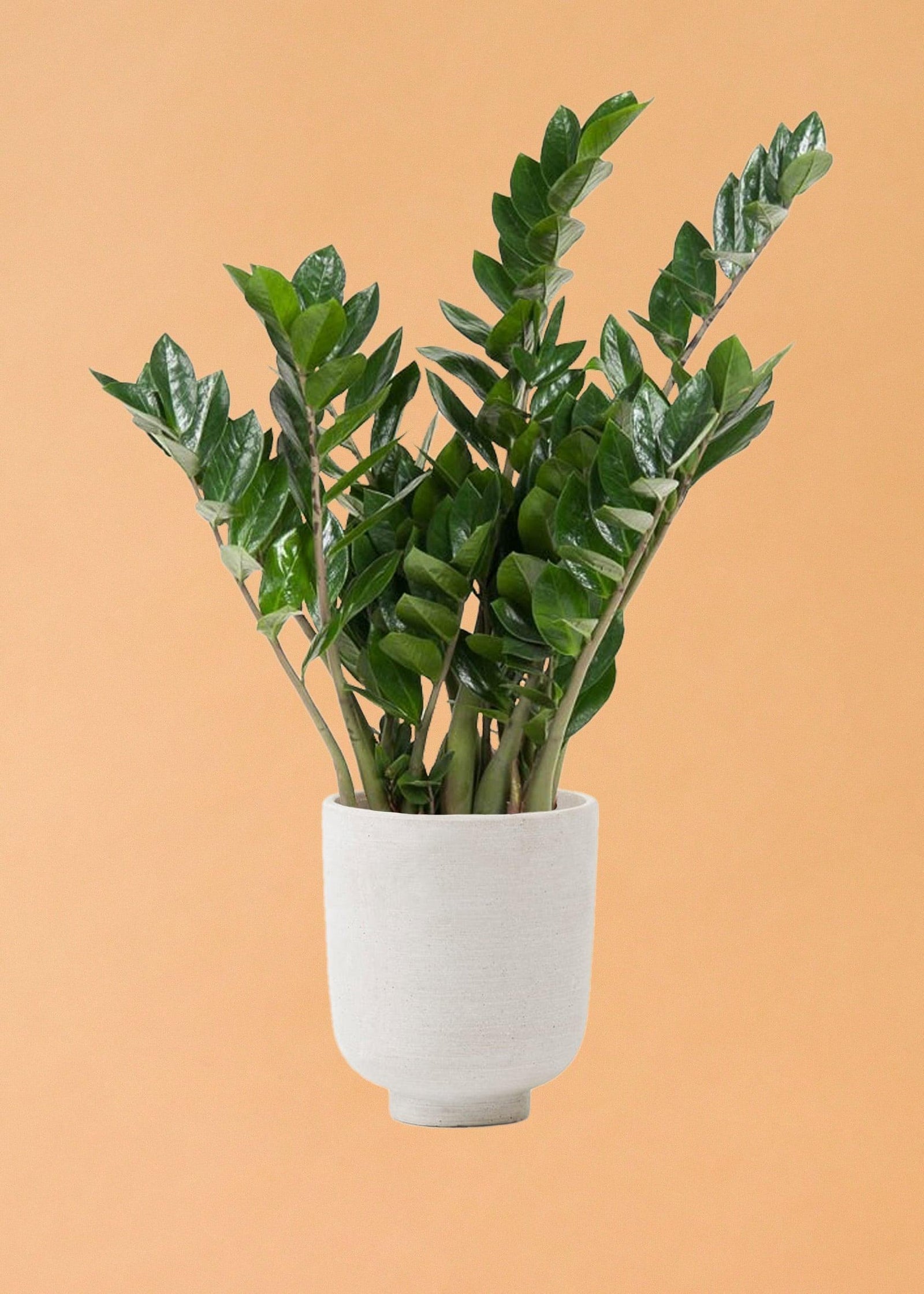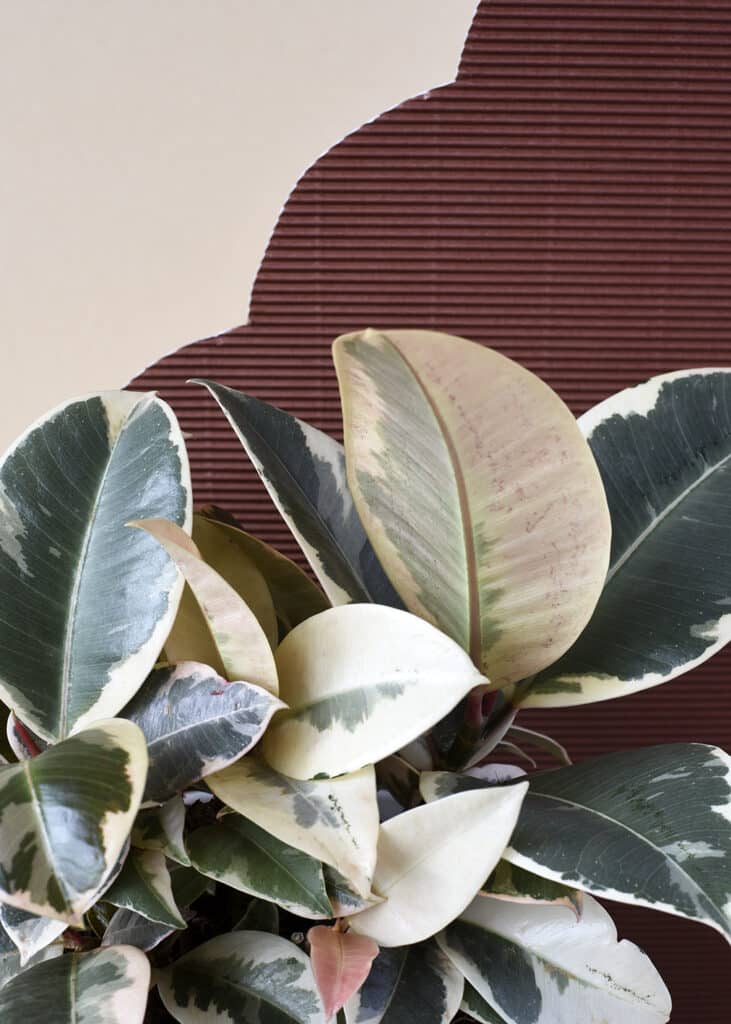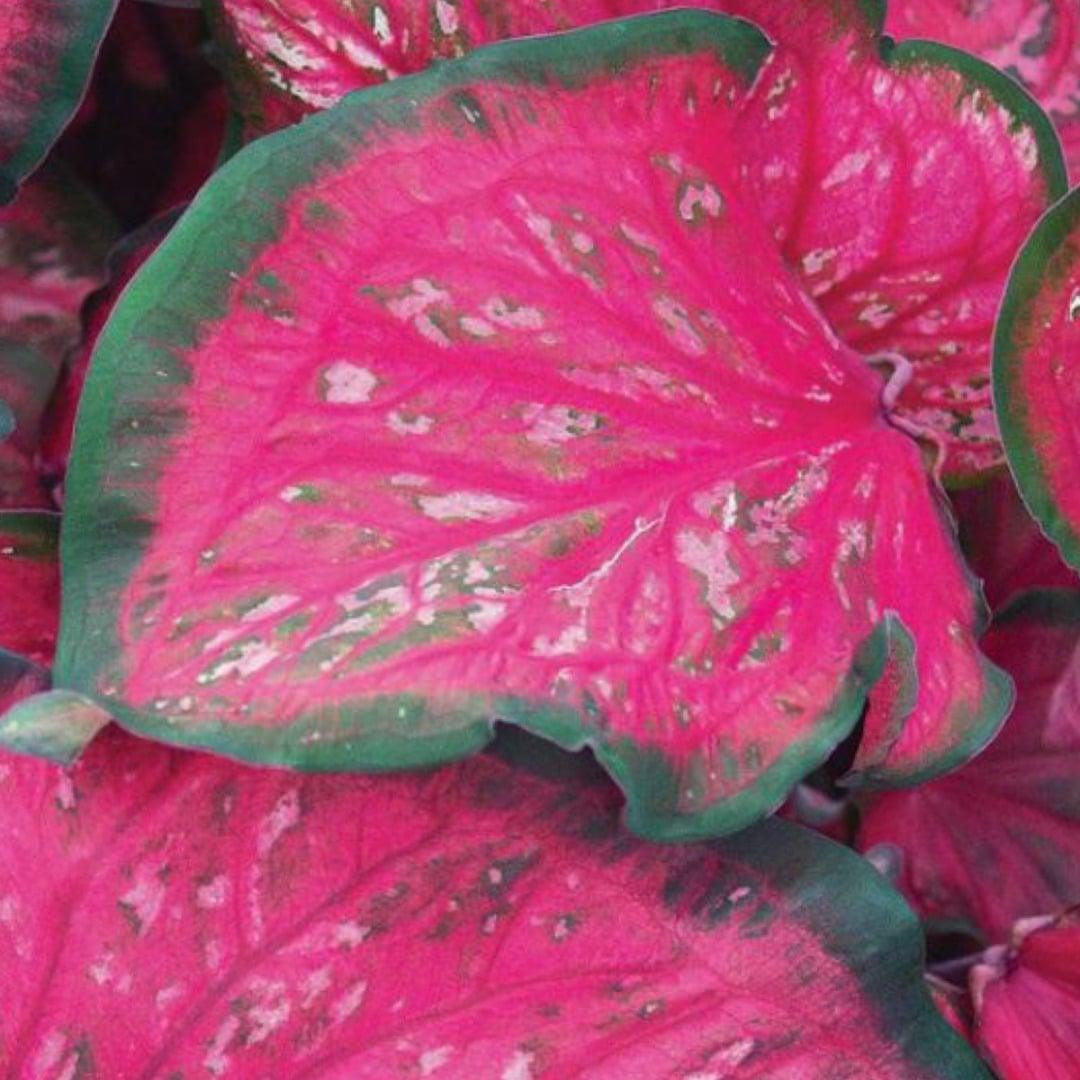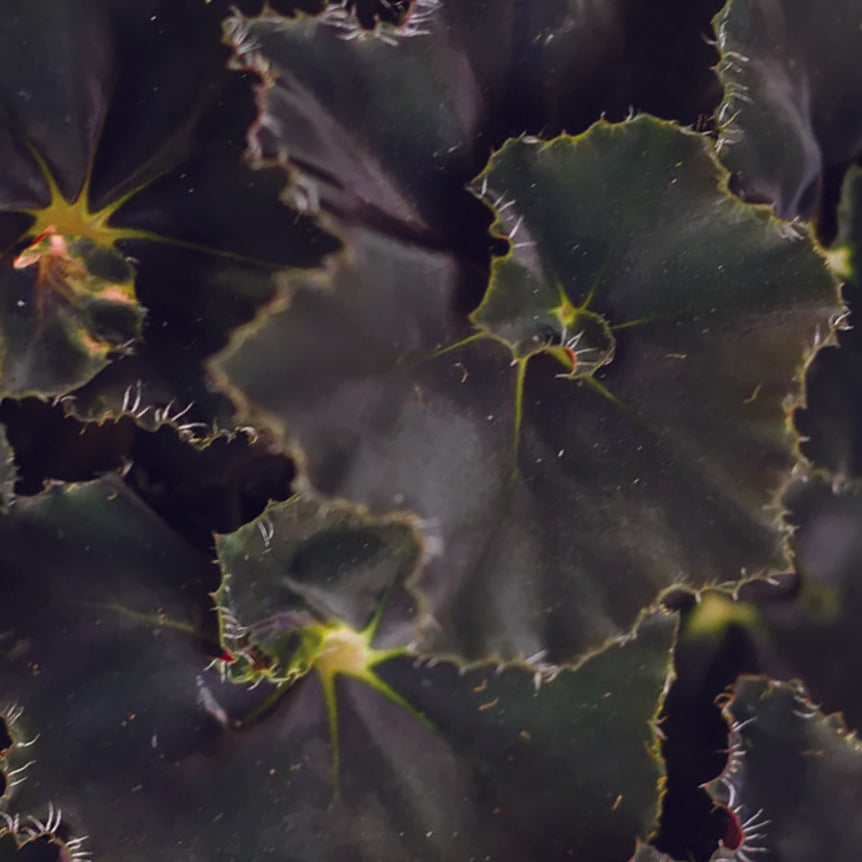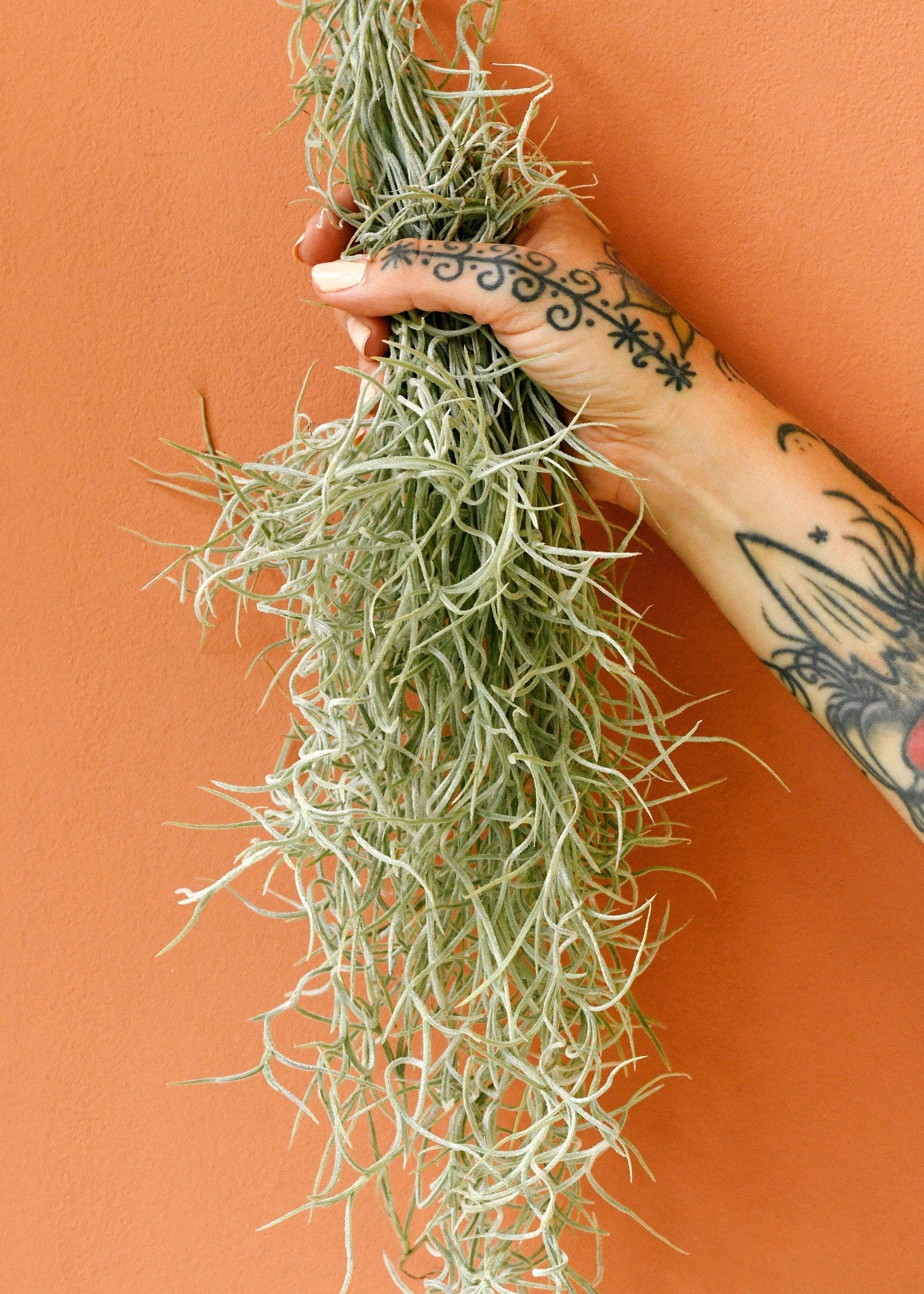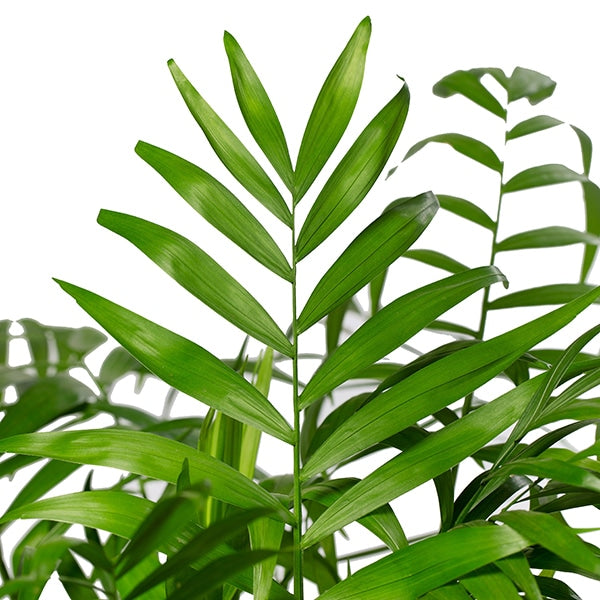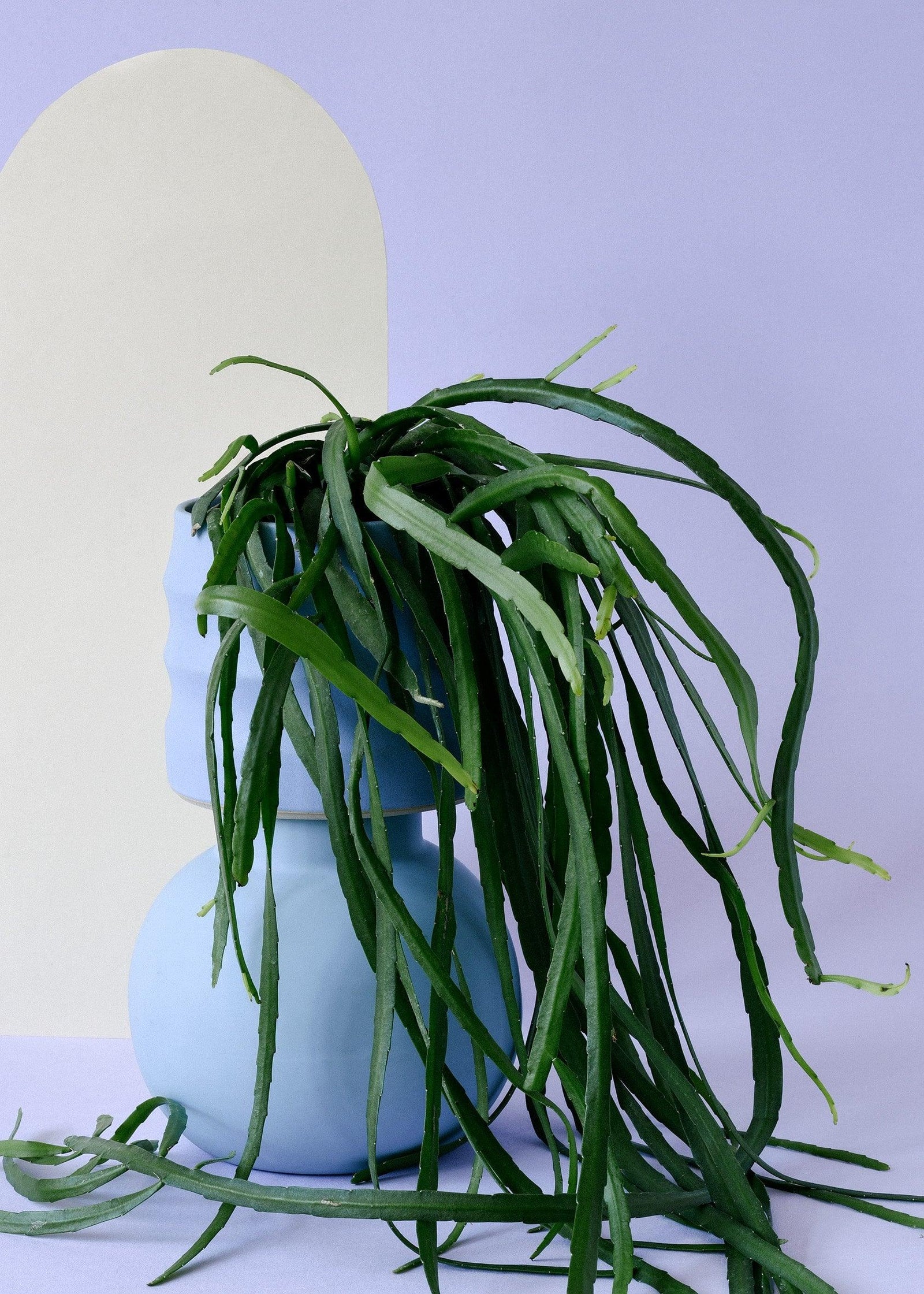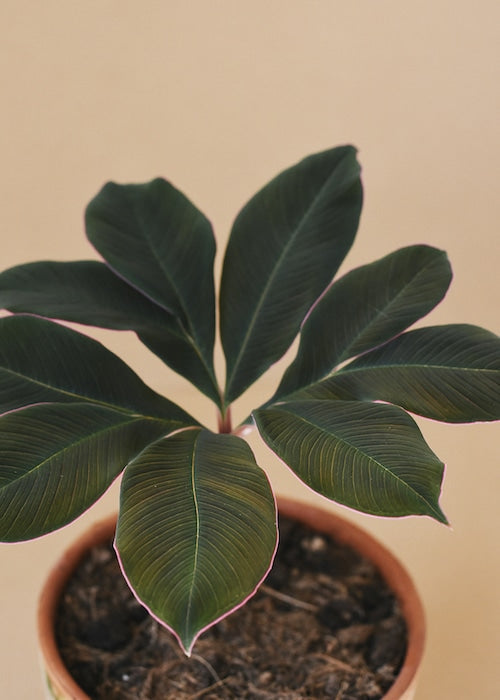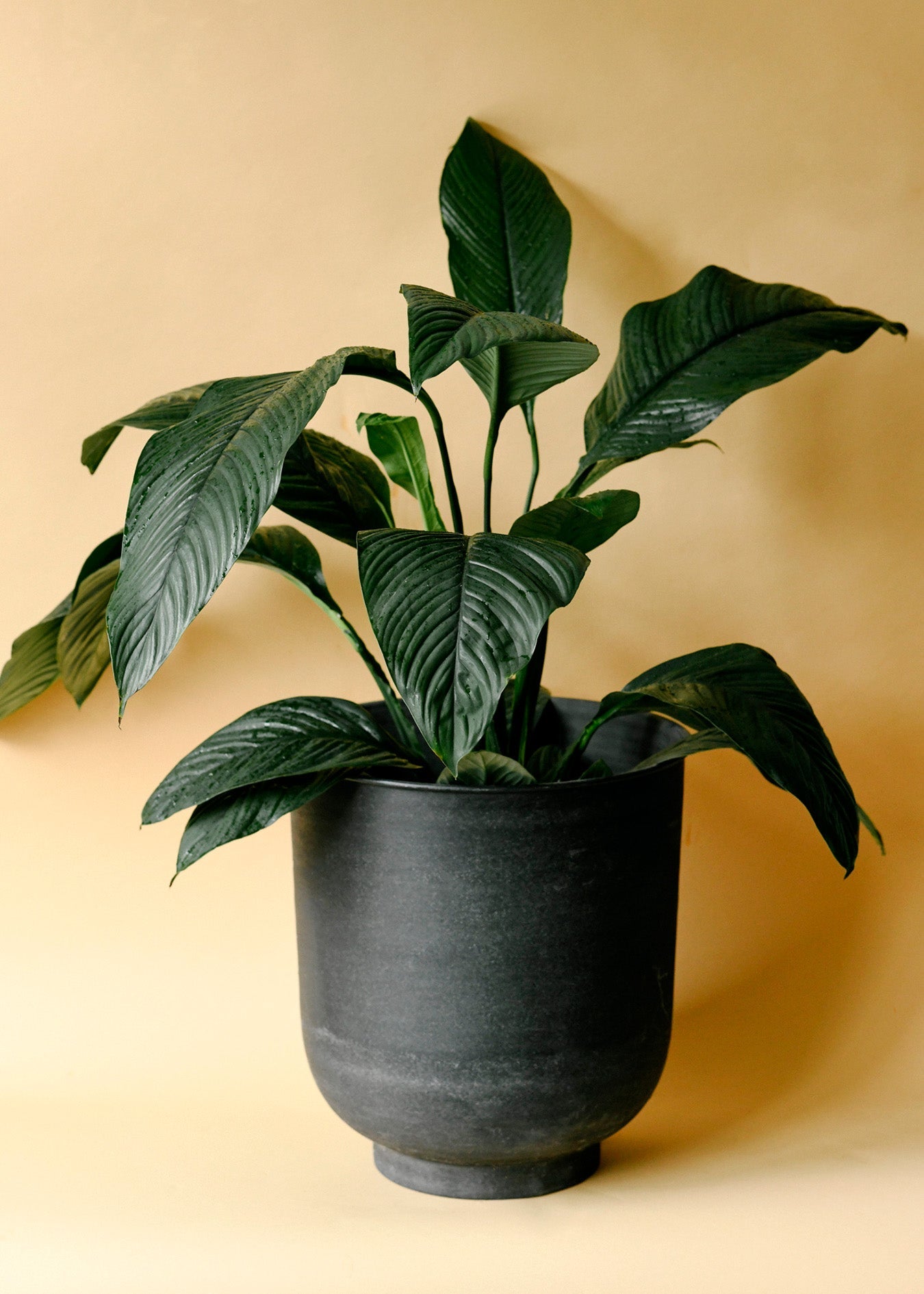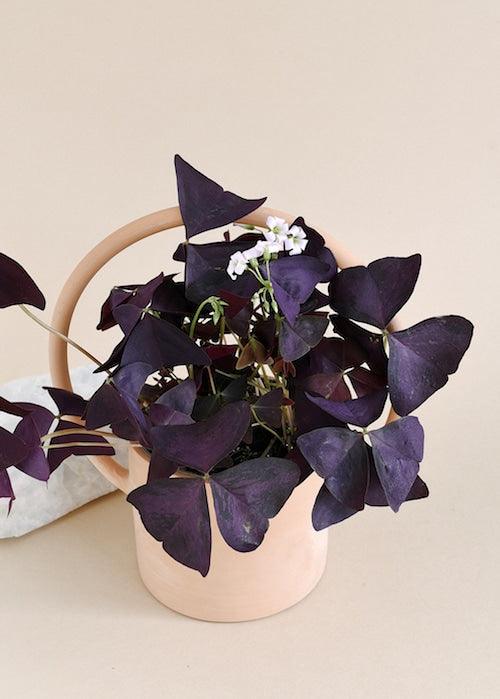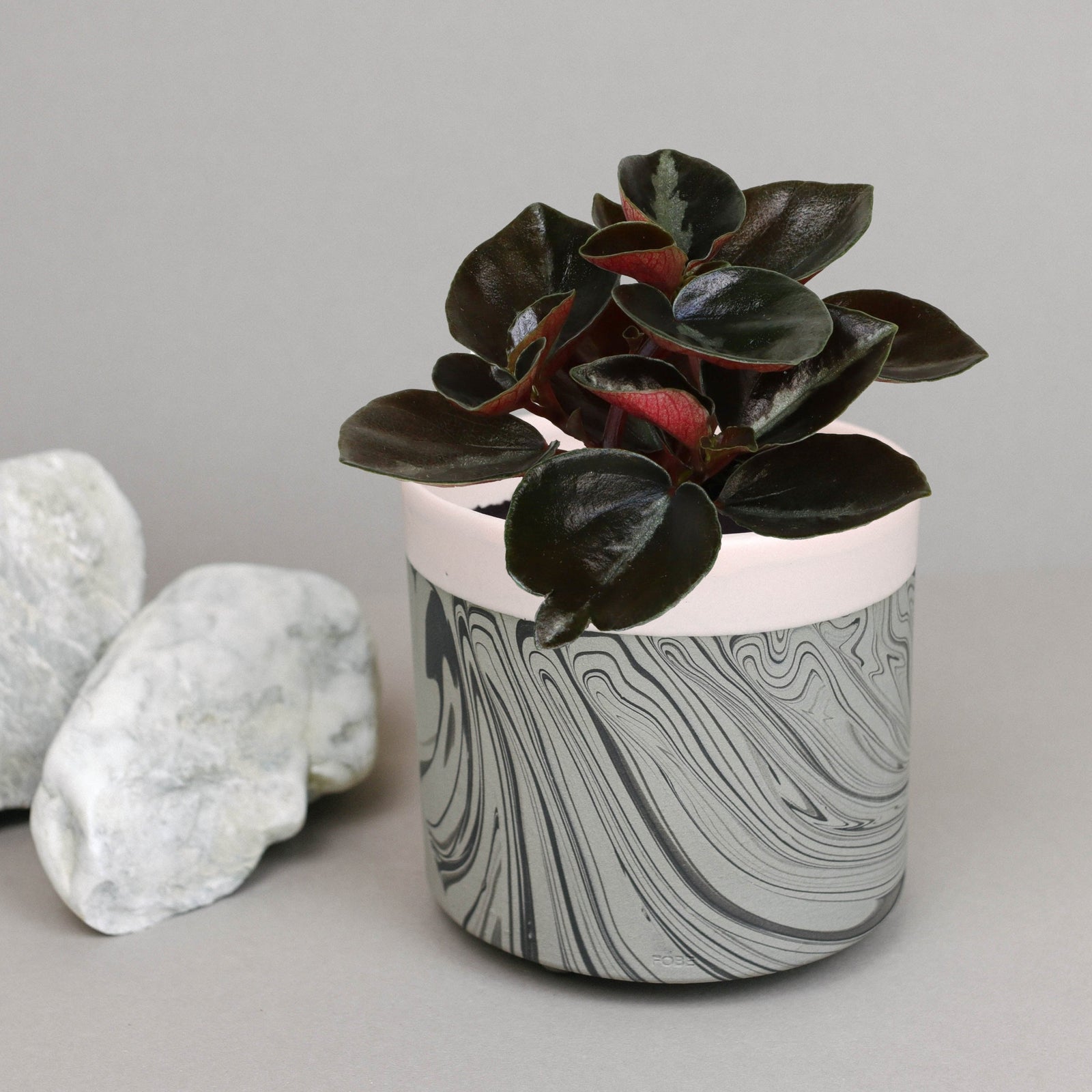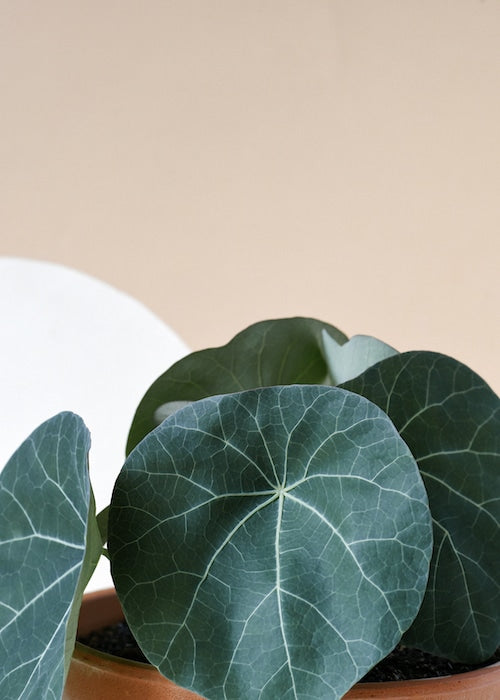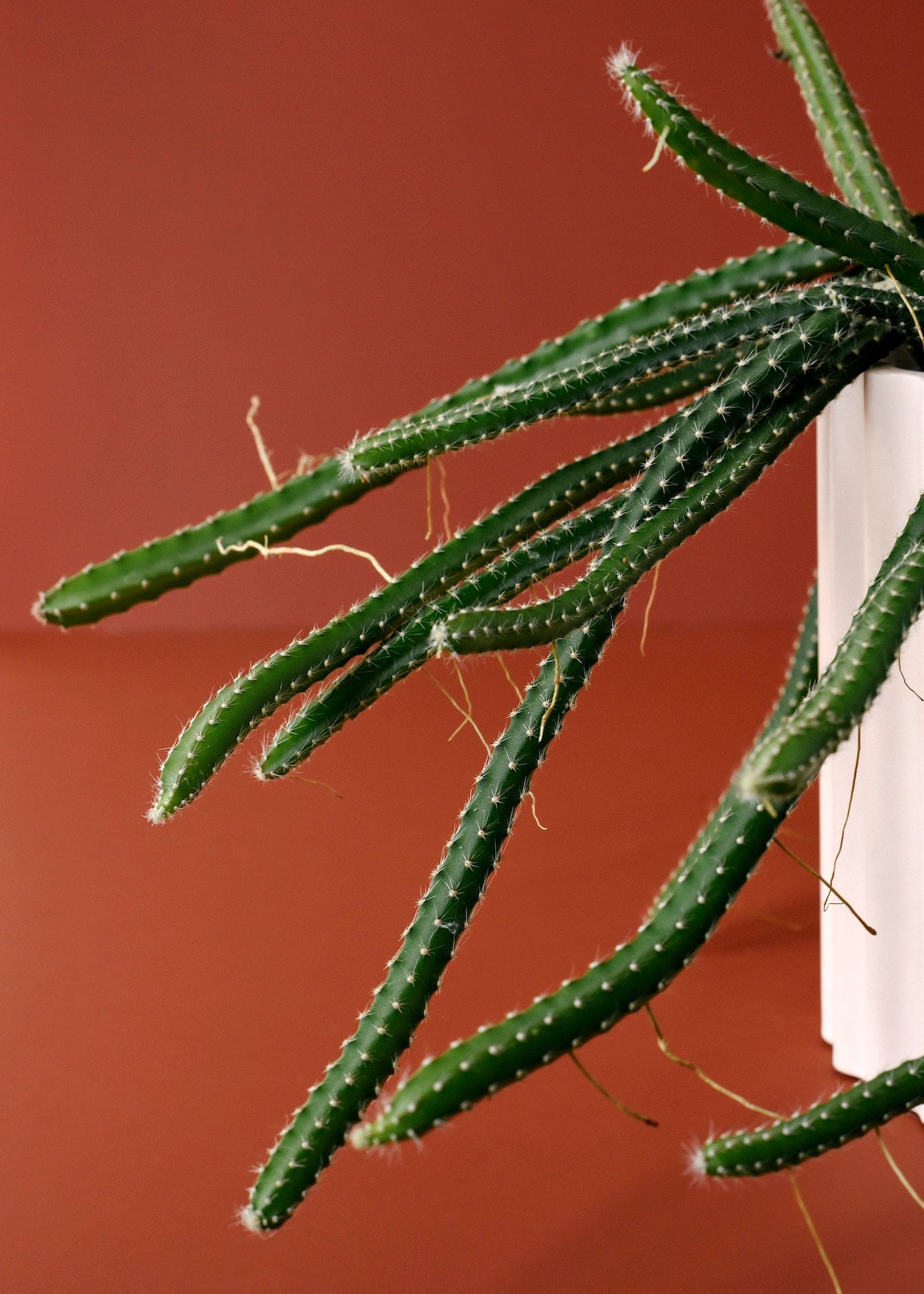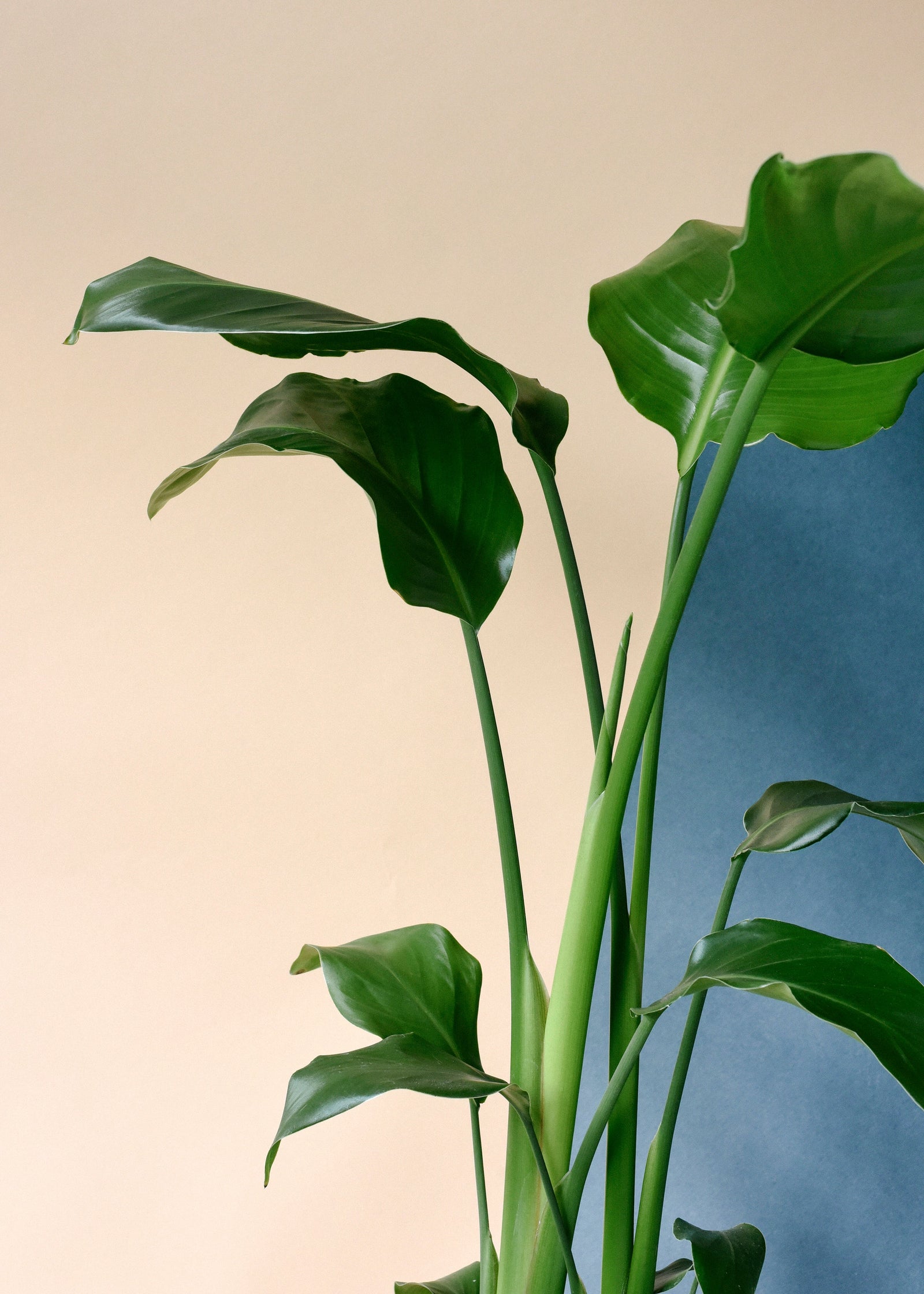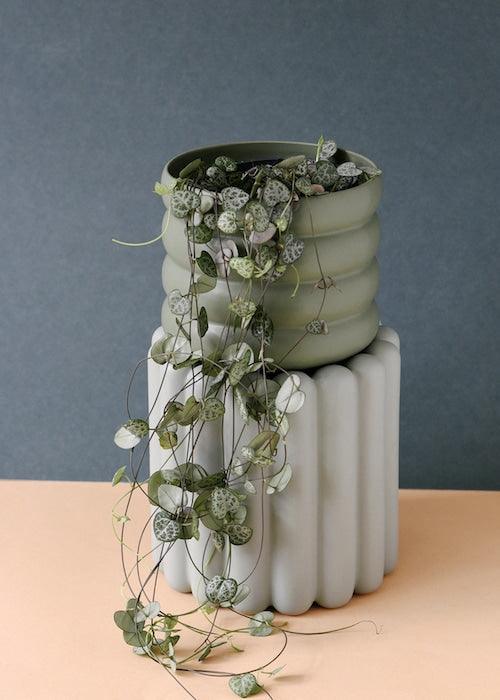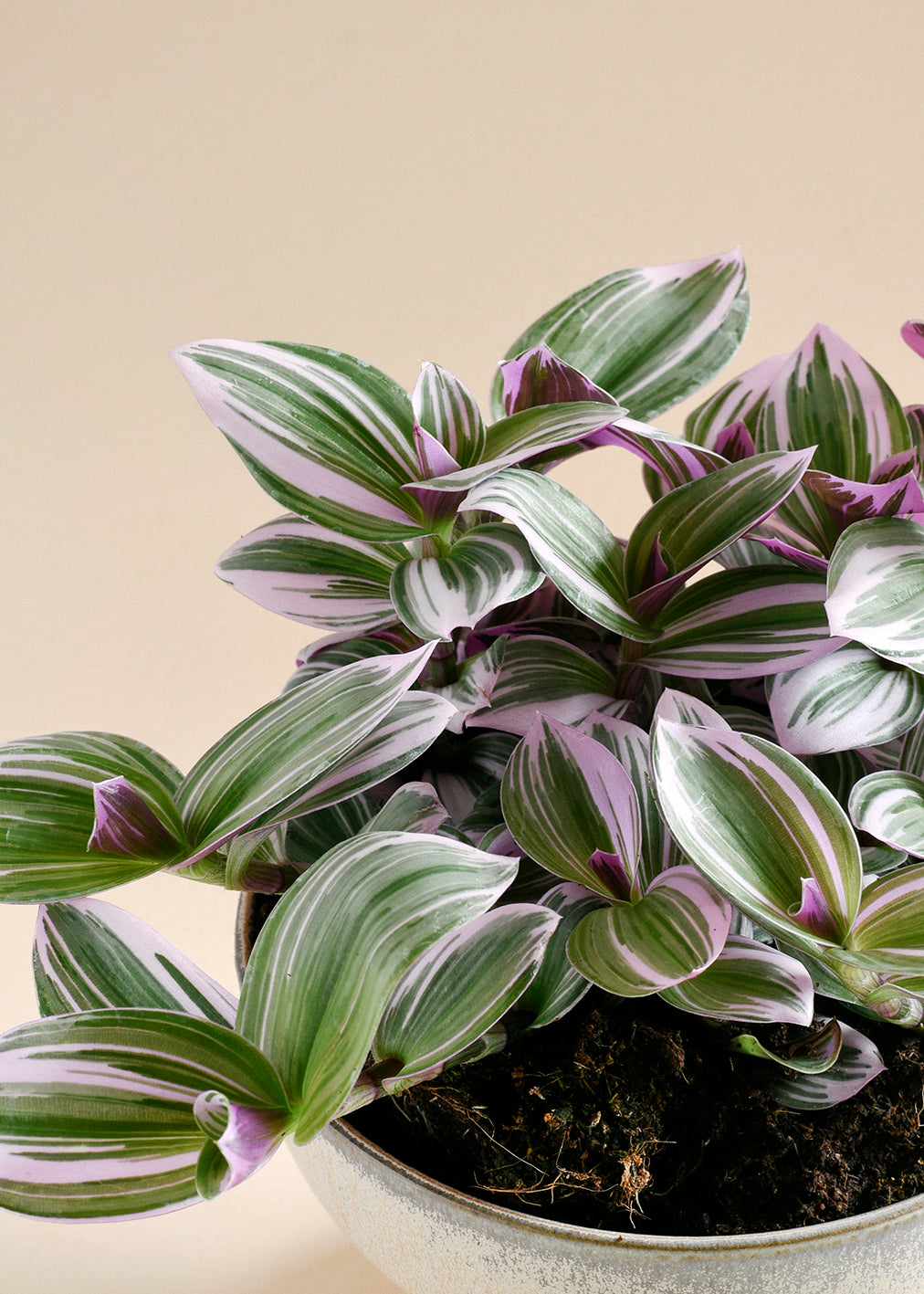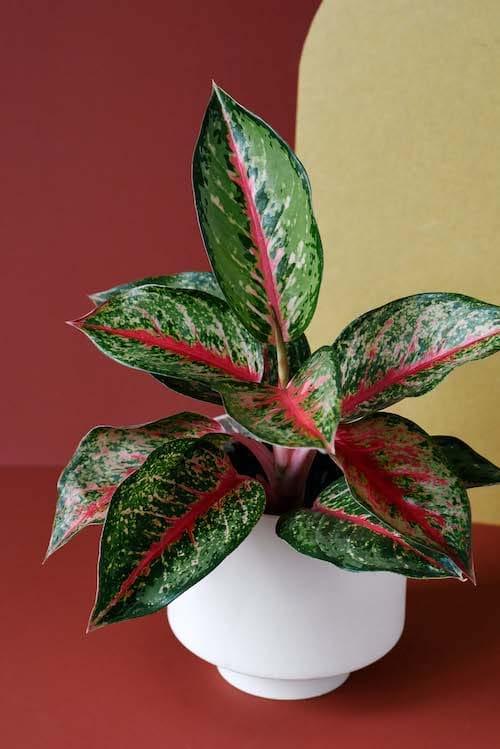Welcome to our comprehensive guide on caring for Syngonanthus, a unique and striking plant known for its beautiful, star-shaped flowers. Perfect for enthusiasts looking to add a splash of elegance to their indoor gardens, this guide will walk you through all the essentials to keep your Syngonanthus thriving.
Care Summary
| Light | Bright, indirect light |
|---|---|
| Watering | Keep soil moist, not soggy |
| Humidity | High, at least 70% |
| Soil | Moisture-retentive, rich, slightly acidic |
| Pruning | Minimal, remove dead foliage |
| Toxicity | Non-toxic to pets and humans |
Lighting Tips
Syngonanthus thrives best in bright, indirect sunlight. Direct sunlight can scorch its delicate leaves, so it's ideal to place it in a spot where sunlight is filtered through a curtain or positioned a few feet away from a south-facing window.
Watering Advice
Watering is crucial for Syngonanthus. The soil should be kept consistently moist but never waterlogged. Overwatering can lead to root rot, so ensure good drainage. During drier months, it might be necessary to water more frequently to maintain the ideal moisture level.
Optimal Humidity and Temperature
Syngonanthus requires a humid environment, ideally around 70% or higher. It also prefers warm temperatures not dropping below 21 degrees Celsius. Consider using a humidifier or placing the plant on a water-filled pebble tray to increase surrounding humidity.
Soil and Fertilization Needs
The right soil mix is vital for Syngonanthus. Use a moisture-retentive, rich, and slightly acidic soil mix. During the growing season, fertilize every four weeks with a balanced, diluted liquid fertilizer to support its lush growth.
Pruning and Maintenance
Maintain the aesthetic appeal of your Syngonanthus by removing any yellowing or dead leaves. This not only keeps the plant looking tidy but also prevents potential pests and diseases.
Why We Love It
We love Syngonanthus for its captivating aesthetic and the tropical vibe it brings to any indoor setting. Its care requirements are straightforward, making it a delightful challenge for indoor gardeners who enjoy maintaining a slightly more demanding plant.



